How to run duct for this hood?
nancyj
9 years ago
Related Stories

MONTHLY HOME CHECKLISTSNovember Checklist for a Smooth-Running Home
Prep for holiday entertaining and the onslaught of winter to enjoy a healthy home and a relaxed mood
Full Story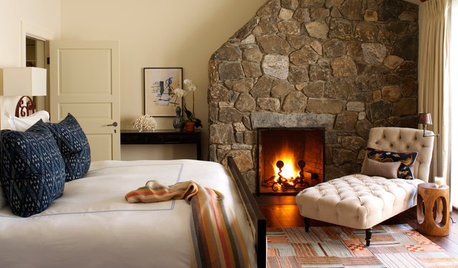
MONTHLY HOME CHECKLISTSSeptember Checklist for a Smooth-Running Home
Get ready to get cozy at home with snuggly blankets, well-stocked firewood, added insulation and more
Full Story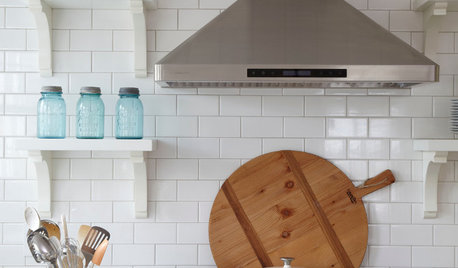
HOUSEKEEPINGMarch Checklist for a Smooth-Running Home
Get a jump on spring by spiffing up surfaces, clearing clutter and getting your warm-weather clothes in shape
Full Story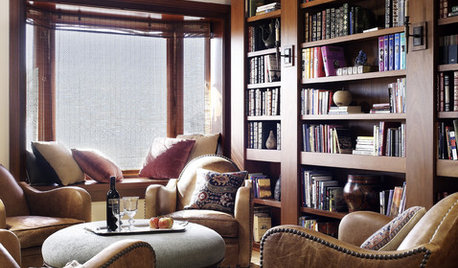
MONTHLY HOME CHECKLISTSFebruary Checklist for a Smooth-Running Home
Spend snowy days sprucing up, cleaning out and making your bedroom romance-ready
Full Story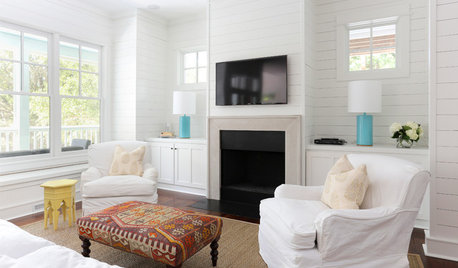
MONTHLY HOME CHECKLISTSYour May Checklist for a Smooth-Running Home
Sail through the rest of spring by spiffing up your home and getting down in the backyard with friends
Full Story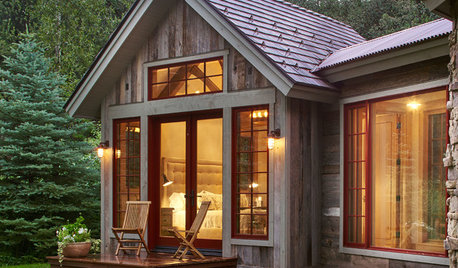
GUESTHOUSESHouzz Tour: A River (Almost) Runs Through It in Aspen
This guesthouse on a family compound has rustic charm, modern touches and dramatic river views
Full Story
5 Stunning Modern Range Hoods
Today's kitchen range hoods can look like sleek sculptures. Here's what to look for when you go shopping for one
Full Story
KITCHEN DESIGNHow to Choose the Right Hood Fan for Your Kitchen
Keep your kitchen clean and your home's air fresh by understanding all the options for ventilating via a hood fan
Full Story
KITCHEN DESIGNWhat to Know When Choosing a Range Hood
Find out the types of kitchen range hoods available and the options for customized units
Full Story





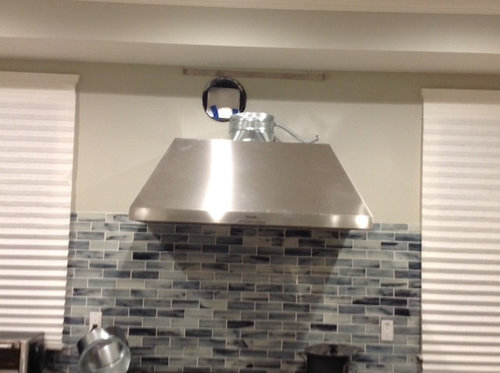
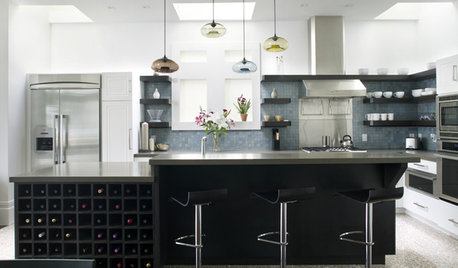
nancyjOriginal Author
kaseki
Related Professionals
Four Corners Kitchen & Bathroom Designers · Kalamazoo Kitchen & Bathroom Designers · Cherry Hill Kitchen & Bathroom Designers · Bethel Park Kitchen & Bathroom Remodelers · Creve Coeur Kitchen & Bathroom Remodelers · Lisle Kitchen & Bathroom Remodelers · Mesquite Kitchen & Bathroom Remodelers · Pasadena Kitchen & Bathroom Remodelers · Patterson Kitchen & Bathroom Remodelers · Port Orange Kitchen & Bathroom Remodelers · Black Forest Cabinets & Cabinetry · Key Biscayne Cabinets & Cabinetry · Central Cabinets & Cabinetry · University Park Cabinets & Cabinetry · Bellwood Cabinets & Cabinetryrwiegand
weissman
kaseki
nancyjOriginal Author
jdoenumber2
kaseki
weedmeister
callights
jdoenumber2